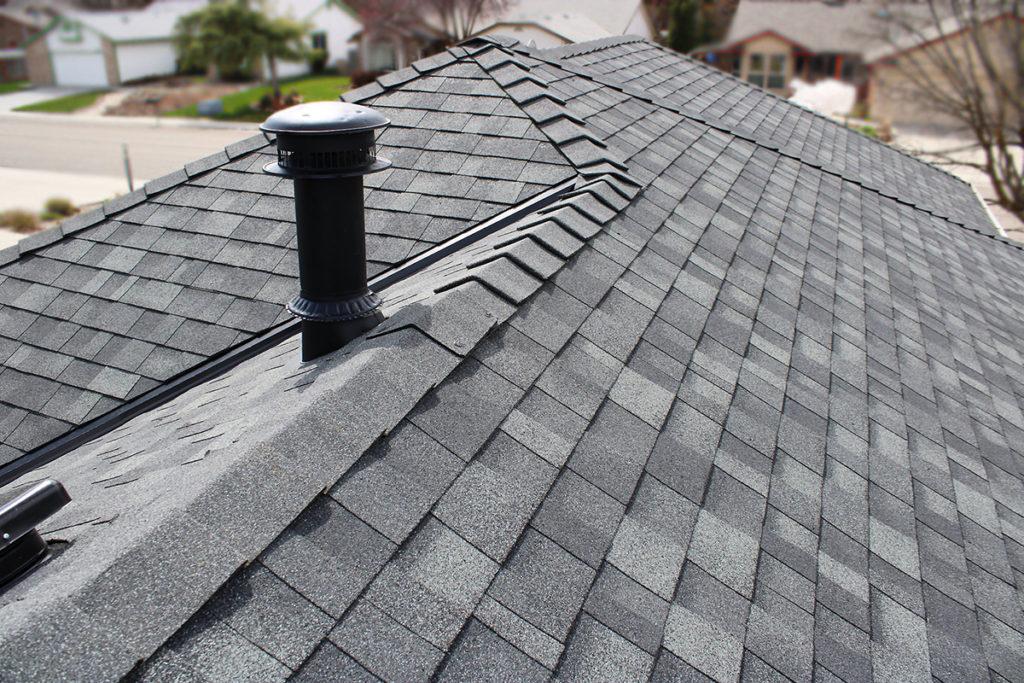Roofs come in different shapes and sizes, but the one thing they should all have is proper ventilation. Just like there is a need for your houses to be properly ventilated, the same is true for your roofs.
However, before making any major decisions about roof ventilation for your house, there are some important details you need to know and consider.
Why Does Your Roof Need Venting?
The first important detail is to understand why your roof needs ventilation. Following are some benefits of roof ventilation to help you:
- Roof ventilation mitigates heat and moisture to avoid them getting trapped in your attic. Not doing so will lead to molding.
- In the absence of good ventilation, shingles are at risk of damage due to the possibility of moisture accumulation.
- It ensures proper air circulation and keeps the house from becoming hot and stuffy.
Types of Vents to Choose From
When you are in the process of selecting the right ventilation for your roof, there several options to choose from.
1. Power Vents
A power vent essentially uses a motor and fan combination to push the hot air out of the attic. This type further has 2 different categories which you can choose from:
- Solar-Powered Roof Vents
- Hardwired Power Roof Vents
Both are alternate energy solutions to power the motor which operates the fan.
2. Cupola Vents
A vent that is typically positioned at the ridge, the cupola has been in use for centuries. The cupola vent is effective for ventilation but can be somewhat expensive for buyers.
3. Ridge Vents
If you don’t want the roof ventilation to stick out too much, choose the ride vent. As a result of recent innovation, the ridge vents are positioned on the top edge of the roof and cover the entire attic instead of having a singular region of focus.
4. Box Vents
A box vent is usually fitted in the roof in a space especially cut out for it. It uses the soffit style ventilation to keep the moisture and heat from getting trapped in the attic. Since this doesn’t encompass the entire roof like the ridge vent, multiple box vents can be installed in the roof of bigger houses to cover more area.
More About Roof Ventilation
Aside from the details mentioned above, here are some extra information to keep in mind
- Ensure the house has good insulation to keep the house temperature at the desired amount when hot air is pushed out through ventilation.
- Inspect it regularly, just like the rest of the roof. Regular inspections will help you see if there is damage that needs repairs.
Conclusion
Roof Ventilation is a necessary part of roofing and can contribute towards the life of the roof by keeping both excessive heat and moisture out of the attic. You can also select the type of vent from a range of options based on your budget and your house style.
Make sure you keep it maintained to help your roof stay healthy.

